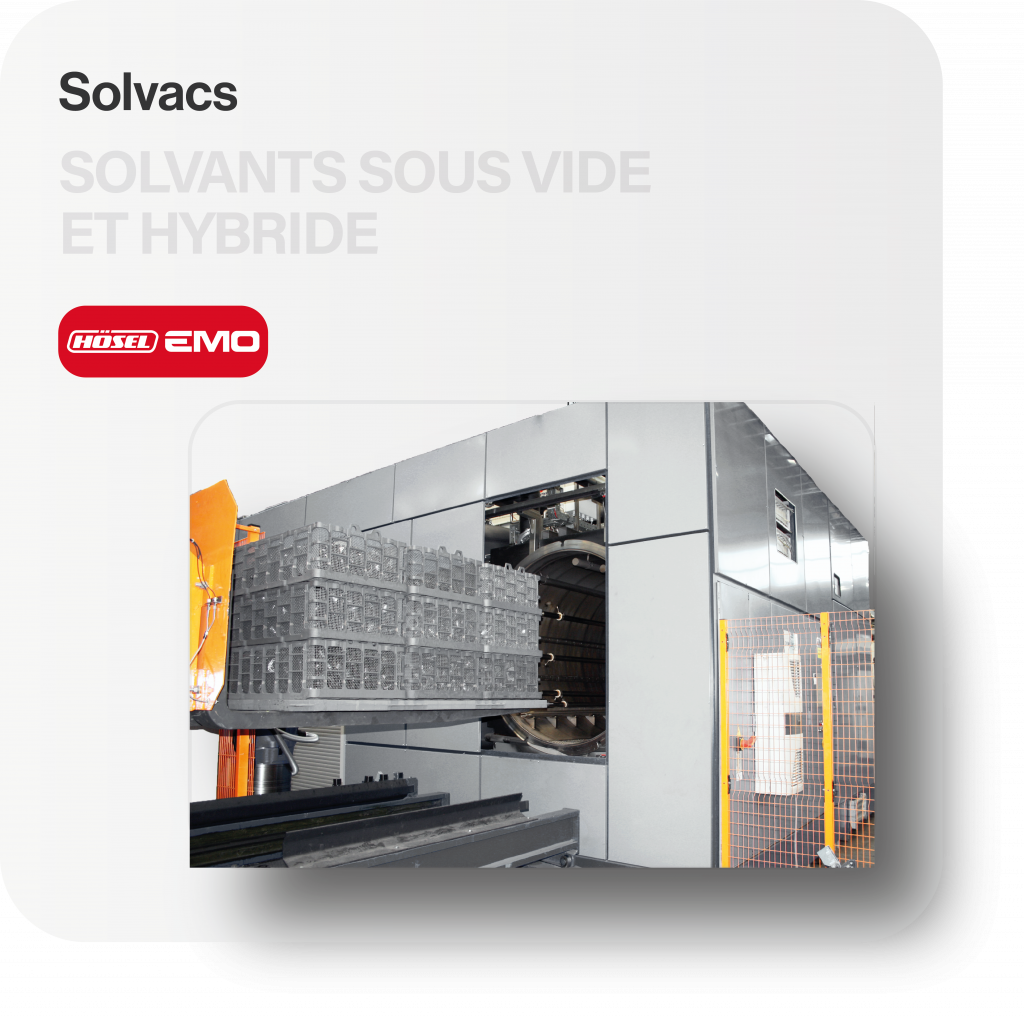
Wednesday 5 June 2024 heralds the start of the Vacuum and Materials Treatment Exhibition, in which MecanoLav will be taking part at the Centre de Congrès Pierre Baudis in Toulouse.
Together with our partner HEMO GmbH, we look forward to meeting you at booth n°80 to discuss your degreasing needs before or after heat treatment.
As a member of the Surface Alliance, we offer a full range of technologies to meet your needs: leaching, vacuum solvent and hybrid.

Removing contaminants : Before subjecting a part to heat treatment, it is crucial to clean it to remove any contaminants such as dirt, dust, oils, manufacturing residues or protective coatings. These contaminants could react chemically or interfere with the thermal process, compromising the quality of the treatment and the final properties of the part.
Preventing cross-contamination: In an industrial environment, different parts may be heat-treated in series. Cleaning each part before heat treatment prevents cross-contamination, i.e. the transfer of contaminants from one part to another. This ensures that each part is treated independently, in accordance with specific requirements.
Improved thermal efficiency: Contaminants on the surface of a part can act as thermal insulators, reducing the efficiency of the heat treatment. Cleaning the part removes these insulators and allows the heat treatment to penetrate better and act uniformly on the surface, improving the quality and consistency of the treatment.
Preparing the surface for other treatments: In many cases, heat treatment is followed by other processes such as coating, machining or assembly. Thorough cleaning after heat treatment ensures that the surface of the part is ready for these subsequent steps, by removing residues that could affect the adhesion of coatings or the quality of machining or assembly operations.